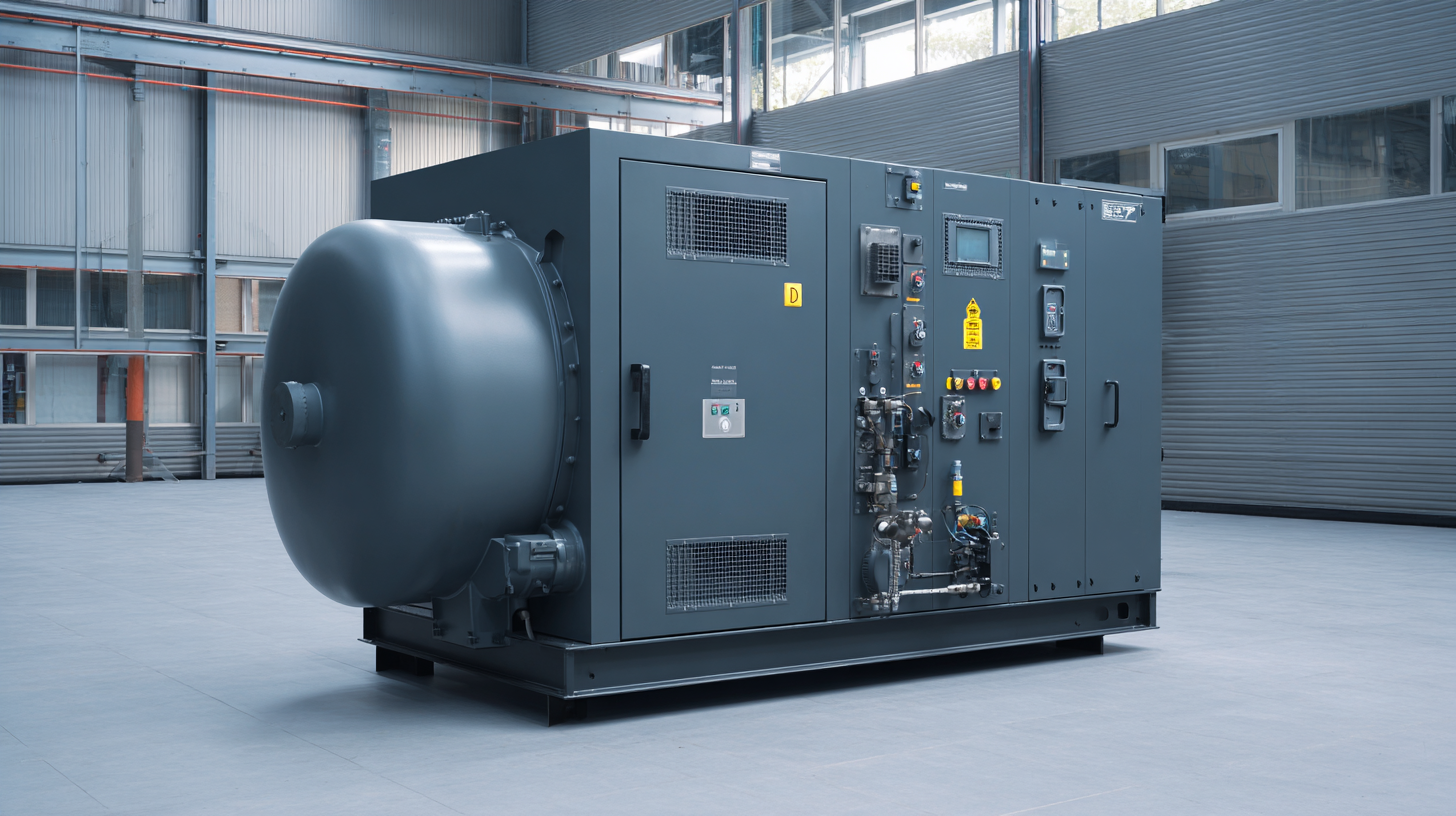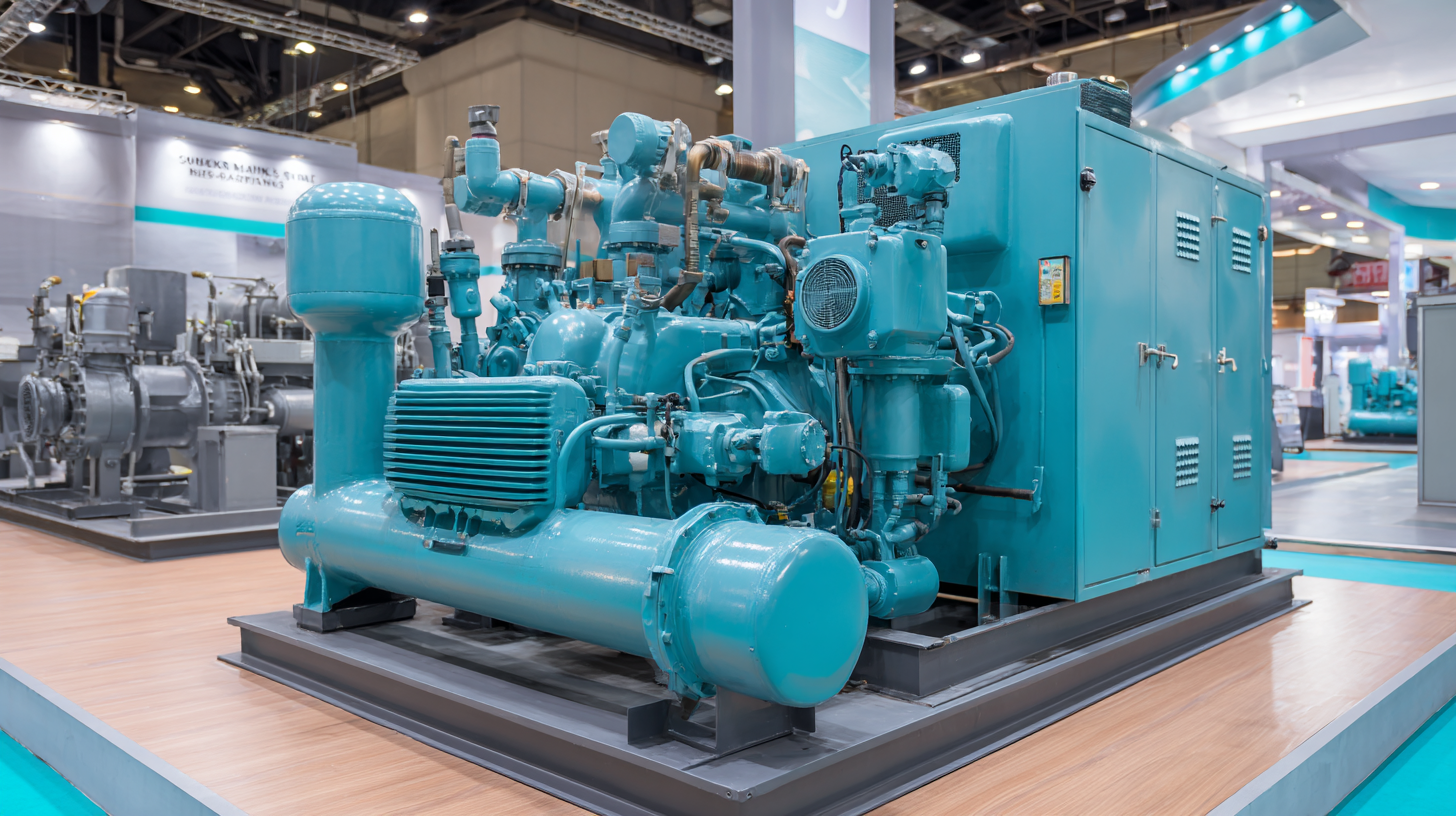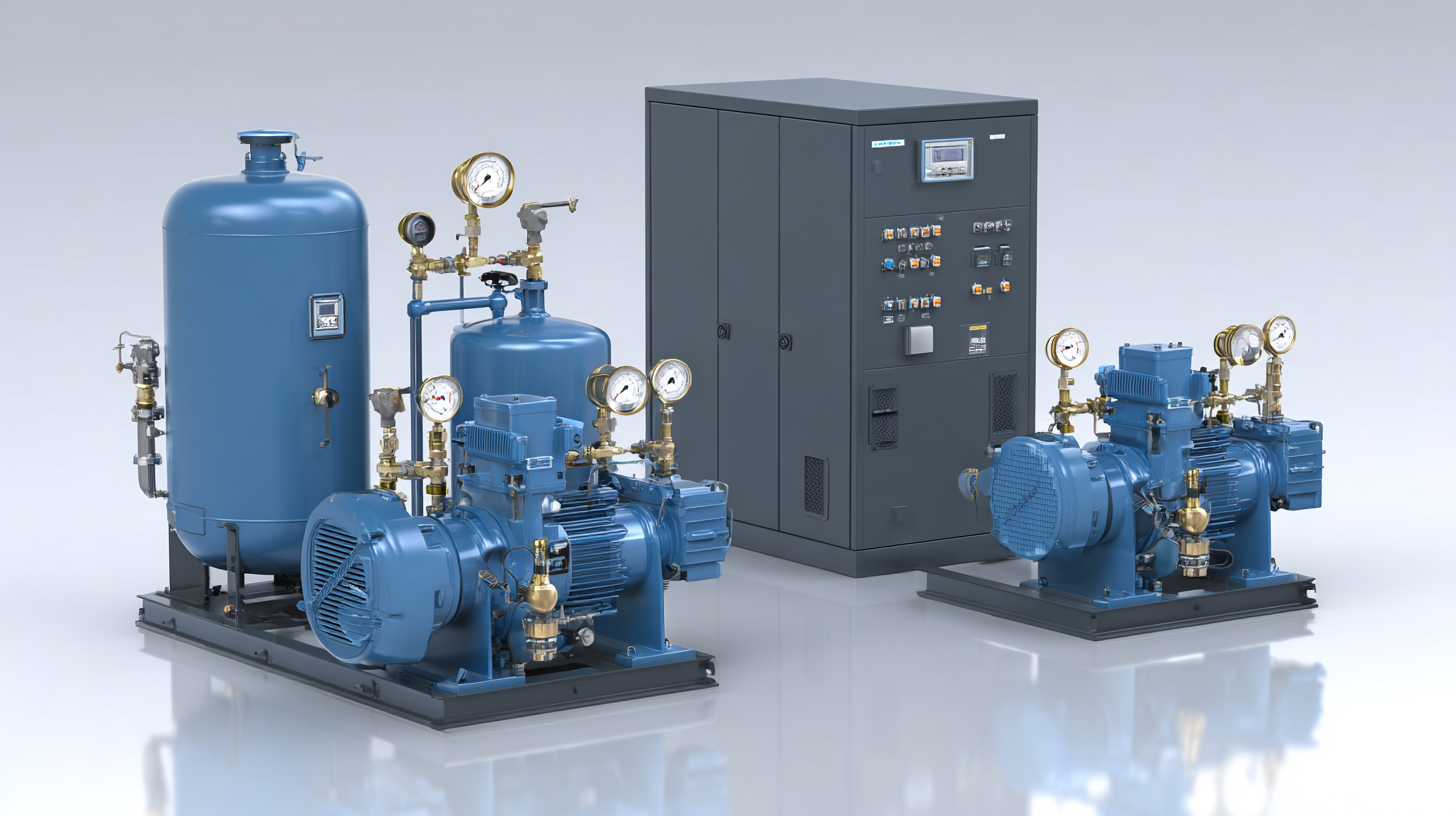1-800-868-2450
My Account | Cart | Checkout
The Ultimate Guide to Choosing the Right Compressed Air Dryer for Your Industrial Needs
In the realm of industrial applications, the importance of selecting the appropriate compressed air dryer cannot be overstated. According to a report by the Compressed Air and Gas Institute (CAGI), improper drying of compressed air can lead to significant operational inefficiencies, with moisture causing damage to equipment and increased maintenance costs that can soar as high as 30% over a system's lifetime. As industries strive for optimal performance and sustainability, understanding the various types of compressed air dryers—such as refrigerant, desiccant, and membrane designs—becomes imperative. This guide presents essential tips and insights to equip decision-makers with the knowledge necessary to choose the most suitable compressed air dryer tailored to their specific industrial needs, ensuring reliability and efficiency in their operations.

Understanding Compressed Air Dryers: Types and Functions
Compressed air dryers are essential components in many industrial processes, ensuring the quality and reliability of compressed air systems. Understanding the various types of dryers and their specific functions can significantly impact operational efficiency. According to the Compressed Air and Gas Institute, improper moisture control can lead to equipment damage, increased maintenance costs, and production downtime, highlighting the importance of selecting the right dryer.
There are several types of compressed air dryers, each tailored to specific applications. Refrigerated dryers work by cooling the compressed air to condense and remove moisture, making them ideal for applications requiring moderate moisture removal. On the other hand, desiccant dryers utilize materials that attract and hold moisture, providing low dew points suitable for sensitive processes, such as in the pharmaceutical and food industries. A report from the International Journal of Compressed Air Technology emphasizes that using the appropriate dryer type can improve energy efficiency by up to 20%, translating into significant cost savings for industrial operations.
Key Factors in Selecting the Right Compressed Air Dryer
When selecting a compressed air dryer for industrial applications, several key factors come into play to ensure optimal performance and efficiency. First and foremost is understanding the specific requirements of your system. The global air compressor market is poised for significant growth, with projections indicating a rise from $33.1 billion in 2024 to $47.2 billion by 2032, advancing at a CAGR of 4.7%. This growth emphasizes the importance of tailoring equipment to meet evolving industry demands.
Another crucial factor to consider is the type of compressor used. For instance, the oil-free screw compressor market is expected to grow from $2.78 billion in 2025 to $3.99 billion by 2032, showcasing a CAGR of 5.3%. This trend suggests that many businesses are moving towards oil-free solutions, as they mitigate contamination risks and enhance product quality. Ultimately, selecting the right dryer involves analyzing these market trends, understanding your operational needs, and choosing a solution that maximizes efficiency while aligning with industry advancements.
The Ultimate Guide to Choosing the Right Compressed Air Dryer for Your Industrial Needs
| Type of Dryer | Operating Principle | Applications | Advantages | Disadvantages |
|---|---|---|---|---|
| Refrigerated Dryer | Cools air to condense moisture | General industrial applications | Low initial cost, low maintenance | Limited to +38°F dew point |
| Desiccant Dryer | Uses desiccant to absorb moisture | Sensitive applications (electronics, pharmaceuticals) | Very low dew points, versatile | Higher operating costs, more maintenance |
| Membrane Dryer | Uses selective permeable membranes | Inert gas applications, portable use | No moving parts, low maintenance | Limited to specific applications |
| Heatless Regenerative Dryer | Uses compressed air to regenerate desiccant | Heavy industrial applications | Reliable, low energy use | Higher upfront costs, requires space |
Performance Metrics: Measuring Efficiency and Effectiveness
When selecting the right compressed air dryer for your industrial applications, performance metrics such as efficiency and effectiveness should be your primary considerations. Efficiency refers to how well the dryer converts energy input into usable output, while effectiveness measures the dry air quality produced. These metrics are crucial as they directly impact your operational costs and product quality.
Tips for evaluating efficiency include assessing the dryer's energy consumption and its ability to maintain optimal performance under varying load conditions. Look for dryers with low energy ratings without compromising air quality. To measure effectiveness, consider the dew point level – a lower dew point indicates better moisture removal, enhancing the longevity of your equipment and improving the end product. Additionally, regularly monitoring these metrics will provide insights into potential maintenance needs and help in making informed upgrades to your compressed air systems.
Another important aspect is the type of dryer technology suitable for your specific needs. Refrigerated dryers might be efficient for general applications, while desiccant dryers provide higher performance for critical environments. Matching the right technology to your performance metrics will ensure that your operations run smoothly and remain cost-effective.

Maintenance Best Practices for Compressed Air Dryers
Maintenance is crucial for ensuring the longevity and efficiency of compressed air dryers in industrial settings. Regular inspection of the dryer components, including the filters and condensate drains, can help identify potential issues before they become major problems. Replacing desiccant materials as needed and checking for wear and tear on mechanical parts can significantly reduce operational downtime. Keeping an eye on the system’s pressure levels and temperature changes can also provide early warnings of inefficiencies, enabling timely interventions.

Another important aspect of maintenance is the cleanliness of the system. Dust and debris can accumulate in the dryer, leading to reduced performance and potential breakdowns. Scheduling routine cleaning and ensuring that intake air is filtered can mitigate these risks. Additionally, documenting maintenance activities and keeping a detailed log can help track the dryer's performance over time, making it easier to spot trends or recurring issues. Following these best practices will not only extend the life of your compressed air dryer but also enhance the overall reliability of your industrial operations.
Cost Considerations: Budgeting for Your Air Drying Solution
When selecting a compressed air dryer for industrial applications, cost considerations play a pivotal role in ensuring the long-term efficiency and reliability of your operation. According to the Compressed Air and Gas Institute (CAGI), approximately 70% of compressor energy consumption can be attributed to the air treatment system, including dryers. This highlights the importance of not merely focusing on the initial purchase price but considering the overall operational costs, including energy efficiency and maintenance.
Budgeting for your air drying solution should involve a thorough examination of the total cost of ownership (TCO). A recent report from the U.S. Department of Energy estimates that optimizing compressed air systems can save industries up to 30% on energy costs. Factors such as the dryer type—refrigerated, desiccant, or membrane—should be carefully evaluated based on specific operational demands and energy usage patterns. Investing in higher-efficiency models may result in higher upfront costs but can lead to substantial savings over time, making it essential to perform a comprehensive analysis before finalizing your choice.
The Cost of Different Compressed Air Dryers
Copyright © 2025
I&M Industrials Inc.
10 Akron Drive
Greenville SC 29605
Phone: 864-277-2450
GSA Number – GS07F0379Y